|
It's pretty simple really. Any more than six people and this will be a terrible table to sit at. Seating along either side of the long table may look "neat" in a life-style magazine but that's just it. It's style over life. I assert that the ends need to be stoppered. How? With some-one sitting at the ends. Simple. Although it's a long table, the guests need to make a circle, with people at each end, giving everyone someone to talk to on either side. If not, the goodwill will flow right out of the table, at both ends, like wine from a bottomless carafe. Sounds "new-age" and it's possibly the only "new-age" thing I'll ever say. Restaurants do it. If you book, ask for it not to happen. If it's at someone's house, hope you're not at the ends, be pleased at least that you've been invited, grin and bear it and send them this blog. Check out the table below... Buckingham Palace State Banquet - Photo courtesy The Telegraph
You can expect Buckingham Palace to know how to set a table. An oval table is very convivial but even at a long table, simply put someone at the end. Happiness all round. Comment or add below...
5 Comments
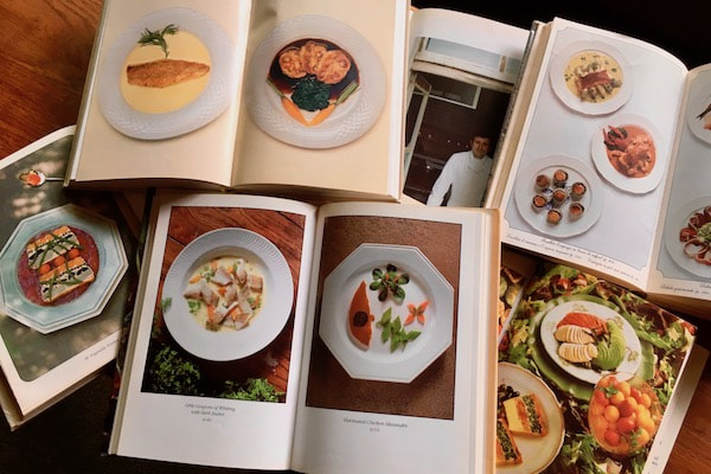 The books we had to have - the terrines, the fans, the coulis... (Spoiler alert – Nouvelle Cuisine is NOT Cuisine Minceur) In 1969, two young journalist in Paris, Henri Gault and Christian Millau set up a new magazine (Gault & Millau – le Nouveau Guide) to rival the staid Michelin system of grading restaurants. Michelin gave an overall score that included atmosphere, décor and food (causing restaurants to spend lavishly on new lavatory facilities and extravagant flowers to win a third star). Gault and Millau scored the food only, and simply commented on the rest. By 1973, they were noticing changes in the menus and on the plate – a new delicacy; lightness, simplicity and elegance. They spoke of “la nouvelle cuisine” and the expression “went viral”, as they’d say today, aided and abetted by a rash of cook-book publications, all of which we collected avidly. At the forefront was Paul Bocuse, but also significantly Michel Guérard, Jean and Pierre Troisgros, Roger Vergé, Alain Chapel and Alain Senderens (for whom I translated in the mid 80s when he came to Australia). Interestingly, they all had been classical trained. Gault and Millau listed ten commandments or observations. There are still negative connotations to Nouvelle Cuisine as a result of poor cooks just playing with colours and strange combinations. I know of a chicken breast stuffed with macadamia nuts on a bed or puréed beetroot with a kiwi fruit coulis! Nouvelle Cuisine, cooked with integrity, was a very important movement that still resounds today, both at home and in restaurants. Just a few observations… Lighter, shorter cooking times for vegetables, meat and especially fish, often served pink in the centre. Vegetables were no longer water logged but tasted of themselves. (Unfortunately it also could mean squeaky vegetables and they’re still around. I loathe hot, raw vegetables. Give beans exactly seven minutes – perfect.) Use produce that’s in season so check the market before planning the menu. Lighten and shorten the menu and abandon the orthodox, tightly prescribed canon. A classic Tournedos Rossini, for those in the know, was a fillet steak cut from the central portion of the full “undercut”, cooked rare to medium rare, served on a crouton, topped with a slice of foie gras and a black truffle, coated with a Madeira brown sauce. Delicious, but the kitchen would never deviate. If you used Port in the sauce, it was no longer Tournedos Rossini. Now you could add and subtract (even introduce Asian ingredients). Dishes were described by their ingredients (which later lead of course to some places going to ridiculous lengths, listing every ingredient in a dish, like a shopping list). Check out new techniques and new technology. The Magimix hit our benches and we’ve never looked back. This opened up a world of fish mousses and purées that would have taken so many person-hours. Abandon lengthy marinades and hanging of game so that food could taste freshly of itself. Lighten sauces so as not to mask the food. Sauces had been heavily intense and lightly thickened with flour. Now sauces were a gentle reduction and rather than coating and masking the food, sat beneath it. The dish that comes to mind, served by many chefs, was a beautifully poached or steamed piece of salmon sitting simply on a very pale sauce of cream, white wine and stock enhanced with sorrel. (But once again the aberrations gave rise to colour and flavour combinations that were garish rather than gastronomic.) Take health and well-being into consideration. Although butter and cream were still lavishly used (and we know now that was fine) the first course could be a composed salad – e.g. thinly sliced cured duck breast with frizzy lettuce, grilled peaches and toasted hazelnuts. Dishes did not really become small, just lighter and the flavours clearer. Do not over decorate the food. Chefs became more responsible for plate presentation, the elements more clearly seen on a large plate (lots of Villeroy & Boch) - often a Japanese sensibility. Everything on the plate was edible - no dessert with an obligatory half strawberry (often unripe) and mint leaf. (Think of the later silliness of food with "height" and the overwrought decorations we might see today.) Allow creativity with ingredients and even borrow from regional and other ethnic cuisines. Question standard practices. Alain Senderens shocked the food world by suggesting that most white wines were more suitable for cheese than red wine. He also introduced wine pairings for the dishes on his menu. We take these changes for granted. Now, what’s not to like? Comments / Like - see below to add... 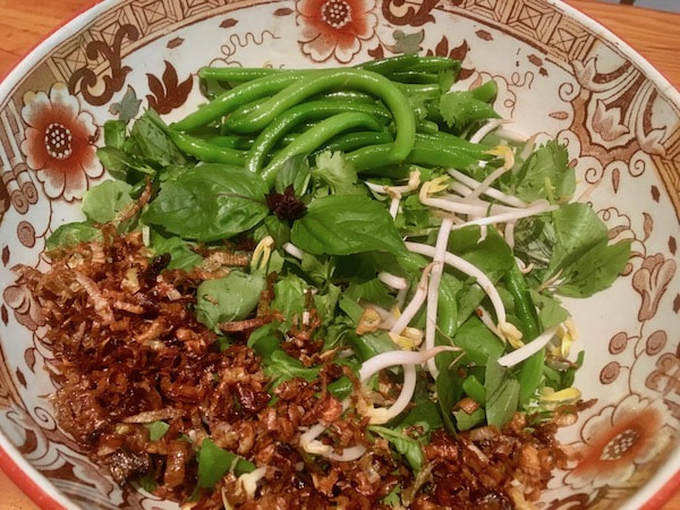 January and we are seeing lists of what’s hot, what’s not, what’s in, what’s out. The Adelaide Advertiser, fount of style and charisma, filled me in on the following. Well Sauvignon Blanc is out and Chablis is in. Chablis is a French wine made of chardonnay grapes. Does that mean we’re to be encouraged to stop buying local? Or is Chardonnay now going to be called Chablis? So confusing. Sliders are out. Aren’t they just little hamburgers? Freakshakes are out. So mums keeping the kids quiet while they have a café outing can now save about $30 per child. That’s a plus, not to mention the sugar rush and bad choice of colours. Cronuts are out. Frankly haven’t seen one in ages so not missing it. I think they were time consuming to produce, like the Polly Waffle. Wooden boards and plates. That’s a relief for diners (the sauce ran off the board, as did the cutlery) and a relief for waiters. "You learn how to carry three plates and they introduce boards!" I hope slate goes the same way Veggies are in, raw, fresh, cooked or pickled. Who would have thought? But cynicism aside, this will lead to delicious produce and to exploring native ingredients. (Dads and uncles will complain.) This is called the New Vegetarian and has been brought on by our craze for healthy foods. Wow, the power of words. Finally, the revelation for me was Bowl Food. Hadn't heard of it. It’s very HOT (although it’s usually cold) and very IN. I had to try it. A bowl is filled with all sorts of diverse ingredients and I can’t put it more simply than that. On the plus side, it helps use up leftovers. It needs only a fork to eat it so it can be eaten in front of the telly. It often contains lots of crunchy raw stuff (which is delicious) and eliminates the need for conversation. If offers lots of variety so even a few left over beans can build a bowl. Washing up is minimal. I can't think of any down sides, especially in this heat and with the new stove not yet installed. More on that later. Top bowl - Faïence transfer-printed bowl, pre-Glasnost USSR, widely sold in Scandinavia, particularly in Finland. Wish I knew more about the provenance. - Beans, our baby carrots, cos lettuce, herbs, bean sprouts, roasted pork belly and isn't that a little bit of left over pineapple? Washed down with some Dandelion Rosé. Second bowl - petit bourgeois Dutch faïence, c.1890 Maastricht "Slamat" - a "bowl" to celebrate a present of a bunch of holy basil, along with bean sprouts, water cress, fried shallots, our green beans, coriander and a Vietnamese-style dressing. Will I ever get back to cooking? 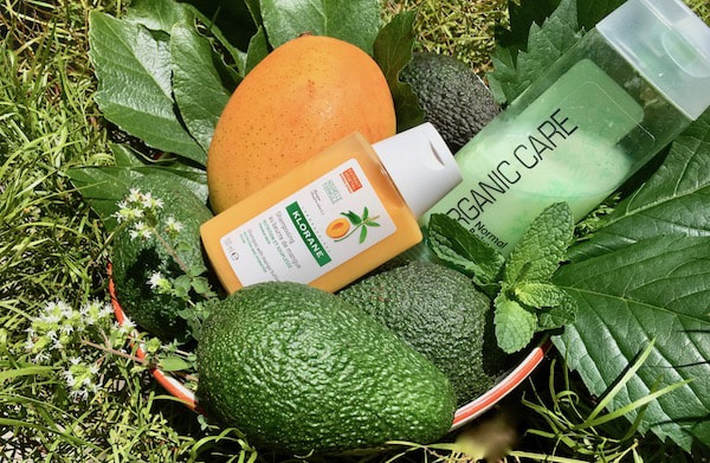 Fruit Bowl for the Bathroom Fruit Bowl for the Bathroom To paraphrase Brillat-Savarin (my hero, along with Mies van der Rohe and Willy Nelson)... "You are what you eat". With so much anxiety and phobia around eating, as well as nutritionism, puritanism and food as pharmaceuticals, it might be less fuss to substitute eating good food with lotions, creams and cleaning products. Perhaps we are not so much what we eat, but now, what we rub on. I have a shampoo with mango butter and a facial spray with cooling lettuce and cucumber. Avocado and almonds are huge in the external "diet", seen in hand cream, face cream, neck cream, eye cream. (I'm terrified one day I'll mistakenly put eye cream on my neck and find eye lashes growing up past my collar line.) Hair, basically "dead" once it's out in the open, gets huge attention with sweet and bitter orange, lime and herbal infusions and romantic tussie-mussies of sage, hyssop and borage. I read these herbs and botanicals have potential health benefits (potential as in Champagne has the potential to make you giggly and light-headed). Shea butter is kept safely outside the body. It's possibly not an "essential" fat. There's the romantic argon oil harvested from nuts excreted by tree-climbing goats, (but as Seinfeld would say, "Not that there's anything wrong with that".) There are spices such as coriander, cloves and cinnamon. (I know someone who is emphatic that the population of India is completely cancer-free because they use turmeric.) Body preparations proclaim their organic ingredients. I use products labelled "Organic-Care" (OK, I like the colour and shape of the bottle.), but that is a brand name not a statement of the growing methods of the ingredients. There's not much organic about cyclopentasiloxane, dimethicone, dimethiconol, amodimethicone, all listed on the label in small print. But then again they aren't the current bad boys. How many users know what a paraben is? Thank goodness they've been outlawed along with comedogenic ingredients and methylchloroisothiazolinone. It's all so marvellously, reassuringly sciencey (sic) - (rather than science based). Nourishing, balancing, revitalising and vitamin rich I am confident my hydrolipidic film is being replenished. I love big words. Kitchen & bathroom cleaners proudly boast baking soda across their visible label, making it sound like something taught in Home Economics - baking soda and borax would clean anything, the girls were told. But reading the ingredient list, baking soda is such a tiny part, leaving the small writing to list the "other stuff", cleaning and sudsing agents, the very ingredients we thought we were avoiding. All these products are in plastic containers. As the planet goes to hell in a hand-basket (or an un-recyclable plastic shopping bag) our desire and need to believe grows stronger. The power of words! Madame Bollinger is purported to have said, “I drink Champagne when I'm happy and when I'm sad. Sometimes I drink it when I'm alone. When I have company I consider it obligatory. I trifle with it if I'm not hungry and drink it when I am. Otherwise, I never touch it -- unless I'm thirsty.”
We are on the new direct flight to Hobart with Jetstar. We are squashed but quite comfortable at the front of the plane, having a warm chardonnay sparkling in a plastic. Living high, we snack on a cashew-sesame “Munch”. I think of Mme Bollinger. The packet tells us we can enjoy “Munch” alone, with company, after a work-out, after yoga or gym, when we’re hungry or as a snack, on a morning break or even in the afternoon. I guess a plane is OK also. It's versatile. Furthermore, we’ll know we are looking after ourselves. Wow! It must be good. “Eat something decent. Tear here," says the packet. “Munch” comes in a no-nonsense plastic pack and consists of neat squares of what looks like a standard nut “health” bar. It’s OK but, as Rowen Atkinson said in Love Actually, it is oh so, so, so much more. I learn… It is all natural, vegan & nutritious with a 4 star health rating. It contains 0% dairy, honey, cholesterol, trans fats, gluten or artificial additives. In a word (or several) it’s all wholesome nutrients for body and mind. It is a guilt-free recharge (good for those who feel a lot of guilt, I guess). It is artisan-crafted and kitchen-crafted using centuries-old methods (love those centuries) - whole-food nutrition & inherent goodness with custom-made rice malts and flavours that nature intended. Antioxidant-rich berries along with other goodies like fats (Not ordinary fats! No! Essential fats i.e. fats that are essential!) lift both you and your spirit. Artificial additives & preservatives are banned. It is made in China from imported and local ingredients (Imported? Where?) - this from the country that sells live-plucked feathers and down for doonas/duvets. You are challenged to "Eat something decent. We’ve done the thinking for you and you’ll know you’re looking after yourself.” And, all of this information can be found on one tiny flat packet 10cm x 16cm. Wow -the power of words! This is certainly not the perfect table setting.
One wouldn't put the cup, saucer and teaspoon out until the end of the meal and why would the teaspoon be placed between the knife and the soup spoon? The preferred cutlery with the dessert spoon would be a dessert fork rather than a cake fork and I'd like to see them tidied up, more tightly together above the dinner plate. IF I were offering bread, I'd probably suggest the B & B plate lower on the left. (The napkin could even possibly be placed on this plate, leaving more room for the phone.) The phone is nicely positioned for easy reach BUT as Tony Brooks (Heirloom Wines, father of Zar Brooks, Dandelion Wines) asks... at home, where do you place the remote? Many so-called "rules" are merely suggestions for a civil society and are more often than not based on sense and sensibility.
In an Italian restaurant recently, a friend noticed one of their group heaping dressed salad onto his linguine al fungi. Yes, he's allowed to but had it not occurred to him that he's placing cold onto hot, and that the dressing of the salad would blend nastily into the pasta's sauce and that there was ample time to savour the pasta then cleanse the palate by eating the salad? There's time - it's not the last supper. We talked about food combos that make us cringe, cringe as cooks, cringe as defenders of food culture and cringe as eaters who think about how things work best. Italians suggest, no grated cheese (be it Parmesan or Pecorino) on a seafood pasta. Common sense suggests no side order of chips with a lasagne. Common sense suggests that bread is not a pre-prandial nibble. (Nice words, 28 October, 2017) My (French) mother suggested that soup was never served as part of a luncheon menu, unless it was a fish soup. (Whacky, but the concept has served me well.) Taking more than you can eat and leaving it on the plate for "Mr Manners". We could add to this list. But of course, as a Rugged Individualist, you can plough ahead regardless, piling your plate high at a buffet, even though you can change your plate as often as you like. It's not the last supper. And you are free to eat as you choose. My absolute cringe I witness often, unfortunately. A beautiful cake or the perfect pastry on a pie is slathered too often with pouring of cream, custard (or crème anglaise) all over the TOP. Uuuugh! Horror! Now, I'm not for a moment suggesting you stint on the cream or custard. Pour on, Macduff. But try this; pour the accompanying sauce lavishly AROUND the cake or tart. As you cut into it, your spoon will scoop up some sauce and both will come together nicely in your mouth, leaving the top of the cake or tart looking still beautiful -not drowned. Respect. What are your food combo cringes? Nice Like a Flute Like a Pen  There are various stories why, (Pilgrim Fathers, King George III) but the classic American method of using cutlery is very strange, even to most Americans. They are fast giving up the switching method (see below) and either moving to the European hold or inventing some pretty weird, very personalised styles. (See it at the movies.) Here we’re getting some pretty strange cutlery holds too. Blame modern parenting, where direction to a classic norm is a no-no. But changes also come as a result of embracing the wide spectrum of cultures and cuisines now available to us. We love to taste and to learn and at times we’ve had to check our eating utensils. The European method has the fork in the left hand & the knife in the right, in such a way that it looks effortless and elegant. It works ergonomically. IMO it’s ugly to see people holding their cutlery badly. Margaret Visser (in her riveting book Much Depends on Dinner) suggests that etiquette is about shielding others from our vile bodies and ugly habits – a question of form and function. There’s some ghastly stuff out there as well as some awkwardness, embarrassment and lack of confidence in public. Now you might be a Rugged Individualist who believes you use your cutlery however you like - and you are correct. But not helping children to adopt good cutlery habits is doing them a disservice. So I’ve been doing some research, and looking and analysis to try to come up with some personal cohesive guidelines. Without cutlery… Sandwiches, Chips (French fries) in a tub, Hamburgers, Asparagus (served on its own). Sushi (Yes, in a high end sushi restaurant, sushi is picked up, turned over and the topping dipped into its sauce and popped into the mouth whole, topping hitting the tongue. “Sushi Train” offers chopsticks - inverse snobbery? – and more chopsticks will be used as lovers of sushi grows. Cake (not a gooey dessert) Yes, cake forks are a bit naff. I knew someone who put out cake forks for a mug of teabag tea and a chocolate Digestive. Pizza - It's the perfect fast, street food. Fold in half if necessary but eat with fingers. Eat with knife & fork Most dishes particularly a meat or fish with vegetable accompaniments, in other words a classic European or Anglo-Saxon food. Keep knife and fork in the same dimension throughout the meal, down on your plate when talking – not in the air. (I must confess I allow myself the “solecism” of changing hands when I eat peas. Peas are a nightmare in the left hand and I love them so much and I excuse it as following a French pattern. Ha Ha.) But some things are down-right awkward and therefore ugly. As well as HKLP (which is more twee than ugly) I’ve seen what I’ll call HKLD (favourite of he-men, holds knife like dagger) and worse yet, HFLF (hold fork like flute). Try it. (See post 21st November, 2017) Fork (or fork and spoon) “Healthy” recipes from magazine food today are often “chop-ups” that don't work well with knife and fork, especially if eaten in front of a screen, but do yourself a style favour and make it at least a spoon and fork. In Europe, certain stew-like, one pot dishes are good with fork and tablespoon e.g Cassoulet, Couscous and even Chilli Con Carne. Middle Eastern food will never have a knife (which can symbolize aggression and violence). Dessert or pudding - If a lazy restaurant gives you only a spoon, ask for a fork (or you’ll push your food with your thumb). Spoon only (tablespoon) Risotto, Soup (British round spoon or Continental tablespoon), Baby food Fork only Pasta - Something worth practicing. Does ravioli have a spoon and fork? Chopsticks Asian food often consists of chopped pieces. (There's a reason.) If you can’t use chopsticks, use a fork and spoon. Thai food is eaten with spoon and fork (unless it’s an imported Chinese-style noodle dish). I asked a Thai restaurateur why she offered spoon and fork and chopsticks. She said it was because her customers thought they should use chopsticks and the restaurant was too polite to disabuse them. (They are kind people.) Memo: Must talk to some chopsticks users about good chopstick habits. Fish Knife and Fork Totally naff so don't bother to collect them. They were intended anyway for eating whole fish and since a whole trout, for example, is rarely served today (there are reasons), there's no need for them. It is particularly naff to serve fish knives and forks for prawns and scallops which some naff restaurants do. (We might have to have a whole post on fish eating.) Napkin rings - only with family or for guests staying the night. Your reward for reading so far - The Donald in his plane. Not a gourmet obviously but not a bad knife and fork hold. (See post 9th October, 2017) I discussed the habit of switching the fork from one hand to another with an elegant Southern Belle matron. The method involves holding food down with the fork in the left hand, cutting it with the knife in the right hand, putting the knife down on the side of plate, moving the fork to the right hand, eating the cut morsel, moving the fork back to the left hand, picking up the knife in the right hand - repeat, repeat repeat. "Doesn't that take time?" I asked "What's the hurry?" she replied. Beautiful! Insane but I loved her reasoning! (I'm still investigating the origin of this.) This is a blog post to which I hope you'll all contribute. Is the glamorous imagery of gastro-porn a barrier to sharing your table?
Adam Gopnik, (frequent contributor to The New Yorker) wrote when reviewing a book by a three star chef… Even for a good cook the dishes are essentially unrealizable, but that does not alter their encyclopedic significance: images of Heaven are painted to encourage you to go there, not to help you build it in your back yard. I can't abseil, I can't play the piano, I don't have a swimming pool, I can't discuss dialectical materialism, I don't jog and I've never read Proust in the original French. BUT... I cook. I'm a retired chef of some note. I have good tastebuds. I have a good eye. I ran a business. I still have access to great produce. I have all the important cook books. Non-chefs often cook as well as I do. Often, I just do it faster and neater. Sometimes I'm tired and mess up. We're surely all allowed to be good at something without terrifying people into saying "Oh, I couldn't cook for you!" How do you feel about inviting a chef? (The Table Comes First: Family, France, and the Meaning of Food - Adam Gopnik) Napkins - when you're out, if you’re given one, use it. Why?
1. Once it’s been put out for you, it’s going to be washed afterwards. I’m not putting it back in the “armoire”. 2. Check your glassware halfway through the evening. I bet it’s rimmed with greasy debris. Not a good look for those sitting next to you. Dab you mouth occasionally, with aforementioned napkin. At table, what do you do with it? When you sit down, claim your space. Take your napkin. It might be across the centre of the place setting, it might be to the left hand side, even under your fork. A few years ago, heaven forbid, it might even have been folded into a fan and placed in your wine glass! Whatever, “take” your napkin, make it yours and place it to the left of your setting. When you are about to start eating, place your napkin, folded in half on your lap. Unless you need to leave the table, that’s where it stays for the whole meal. If you need to get up, place your napkin, loosely folded on the seat of your chair from where you will retrieve it when you come back to table. When you leave, never fold your napkin. NEVER. It suggests you think it might be reused. Place it, even toss it, even with a little crumpled distain, like a used dishcloth, on the table where you were sitting. You may be a little tidy person who doesn’t want to leave a mess. Nonetheless, never fold a napkin at the end of the meal (unless you’re going to use it again – more of that later). These napkins are all "pre-loved", some from markets, some from junk shops, some from overseas web sites. If I need a lift between chores, I sit and trawl through one of my favourite sites. They ship and are very dependable www.lelingedejadis.net/ Here, clockwise from top LH corner... Chinese ecru linen (47cm sq / 18" sq), heavily embroidered (and probably not intended to be ironed by the "lady of the house"). Linen from antique shop in France, monogrammed AC in red cross stitch. Green & white linen, (52cm sq / 20" sq), Australian c.1960 Adelaide Antique Market Linen (ecru and becoming whiter with each wash) (60cm x 75cm / 20" x 30"), monogrammed HF from an antique fair in the Parc Monceau. Linen from antique shop in Montpellier, (60cm x 75cm / 20" x 30"), monogrammed HB entwined with a pair of dragonflies. Size is an indication of their age, of changing economies and of their formality. (Generally, pre-WWI are around a whopping 85cm x 75cm / , 33" x 30" the larger, the older.) |
Categories
All
|
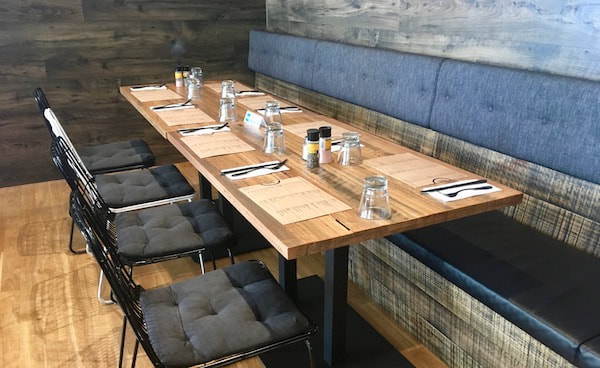
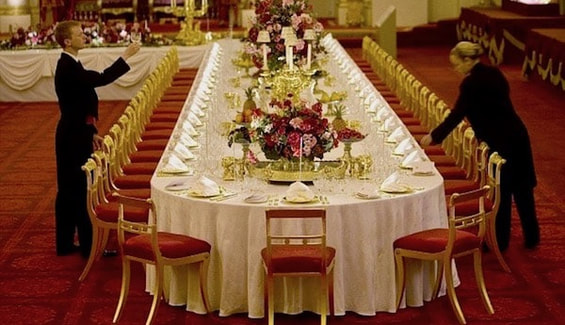
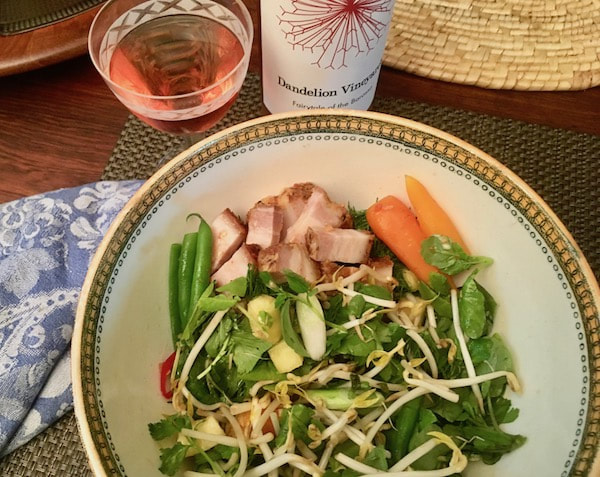

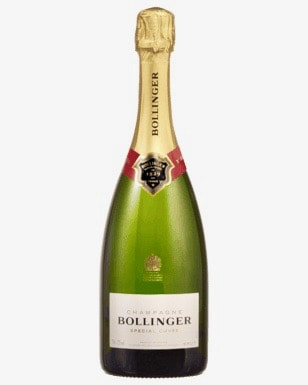
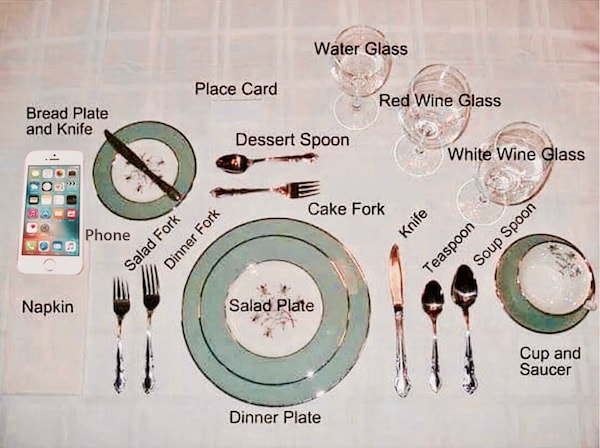
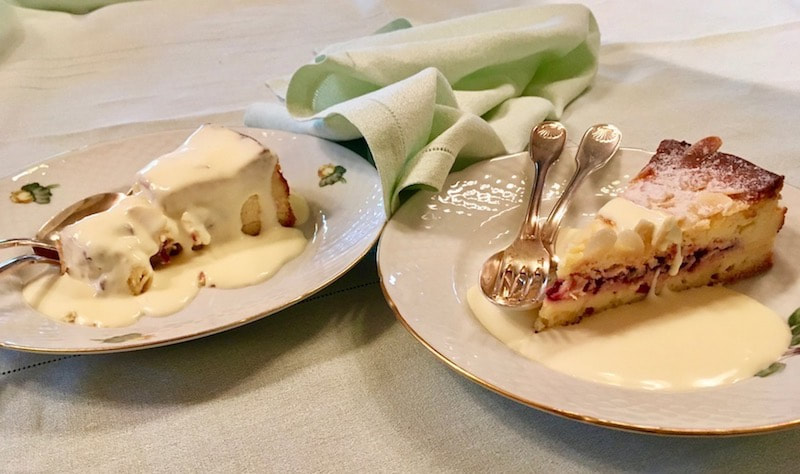
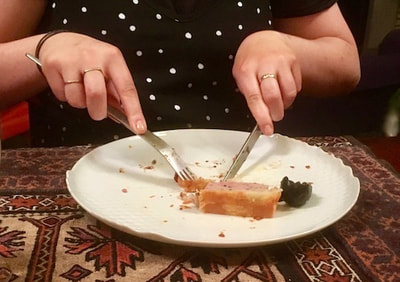
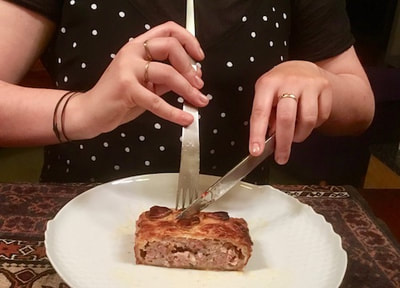
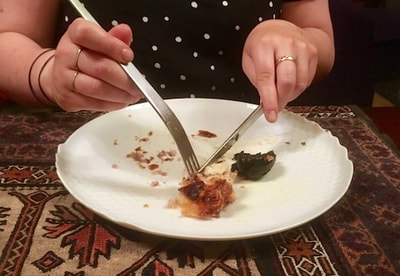
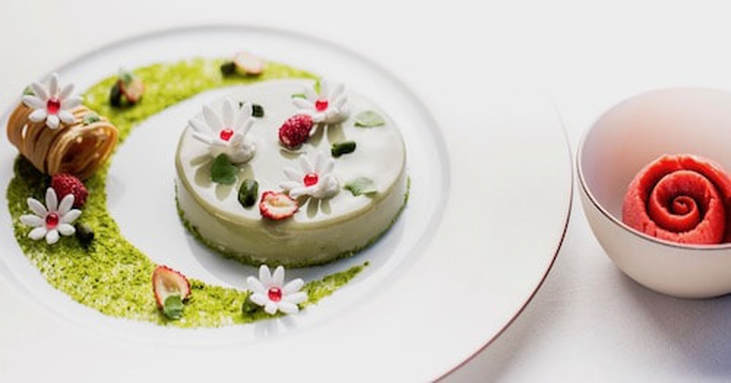
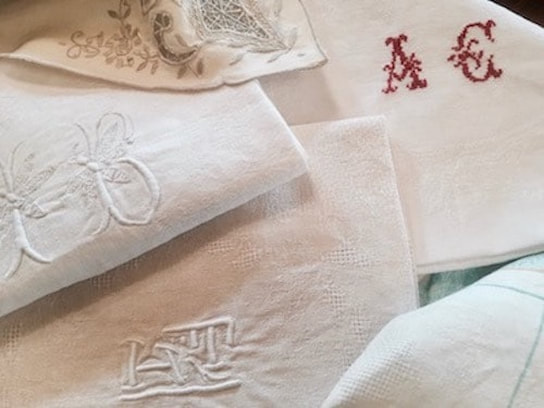
 RSS Feed
RSS Feed
